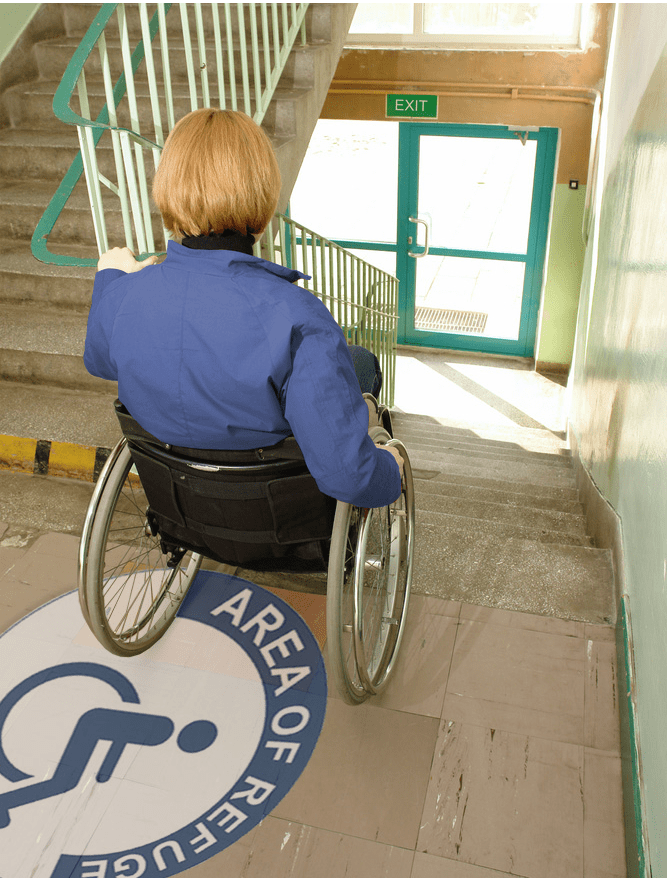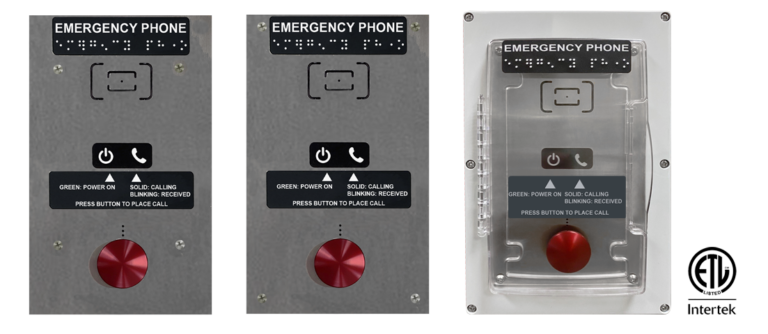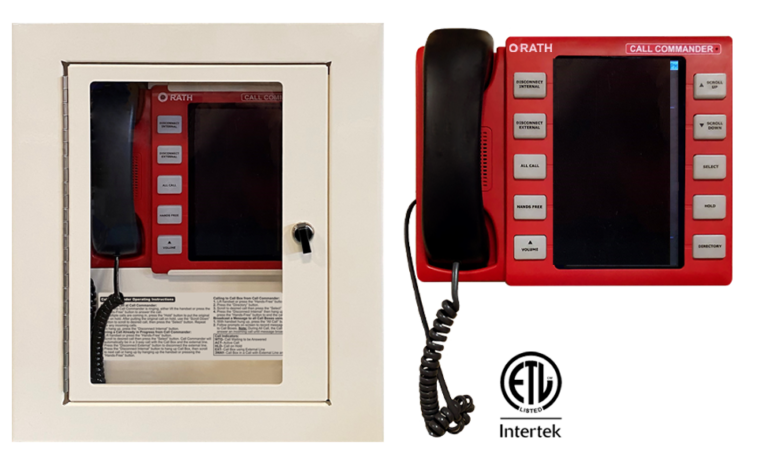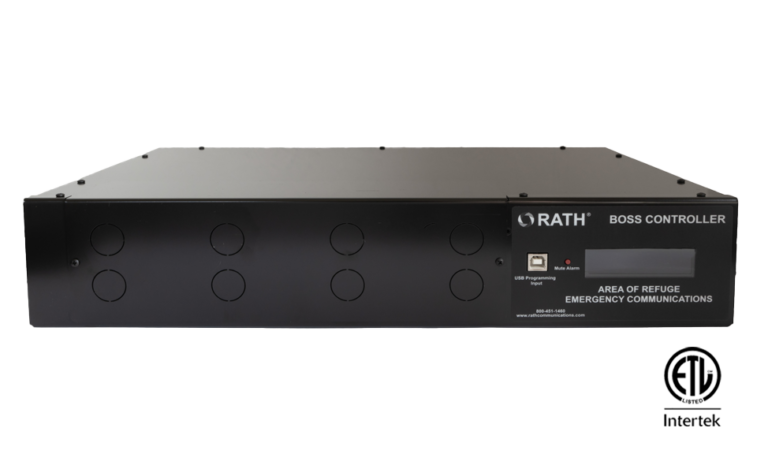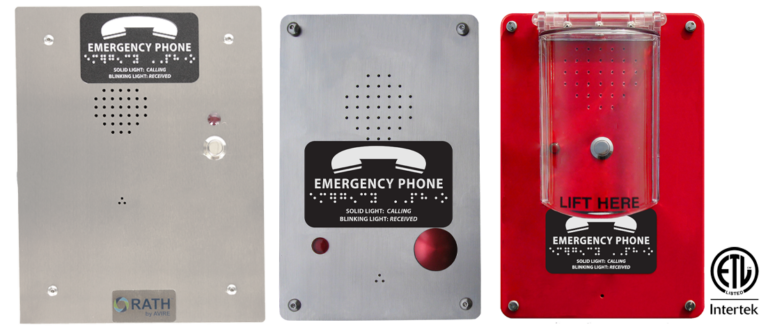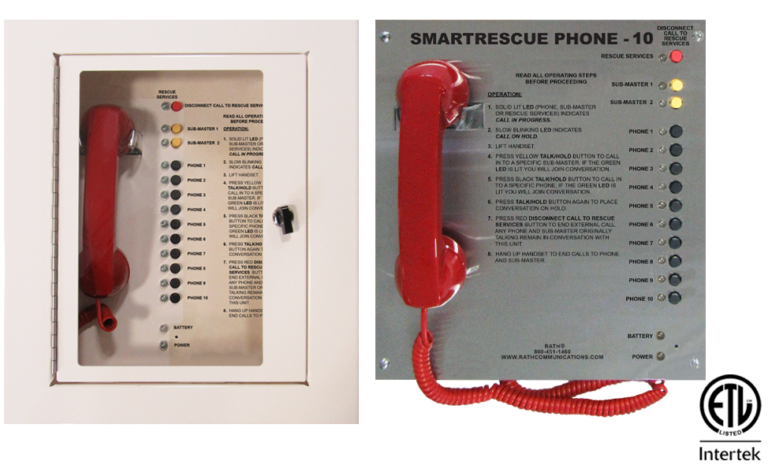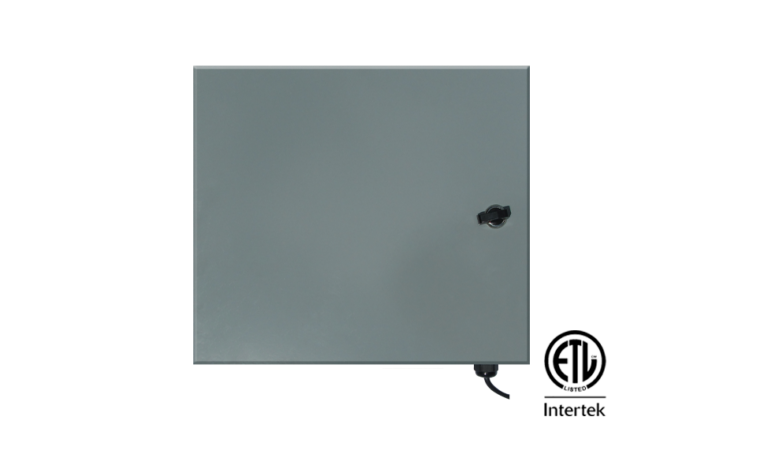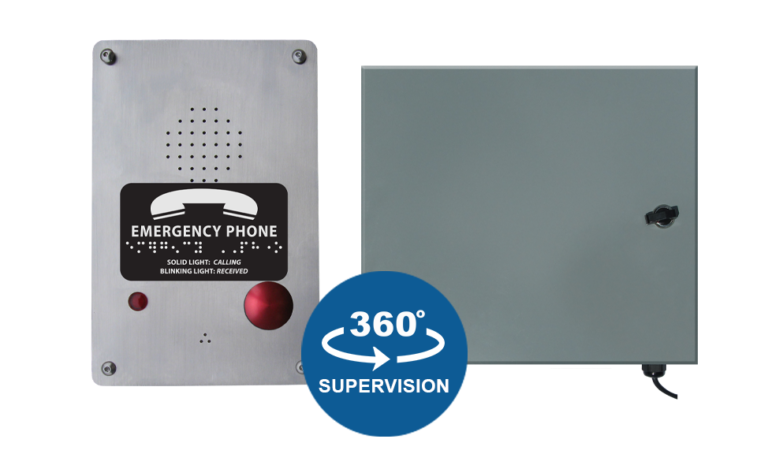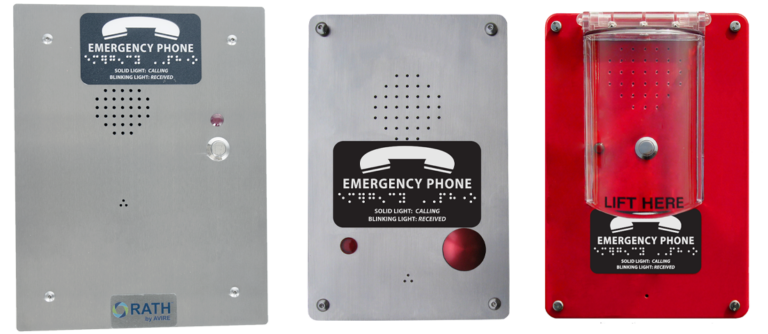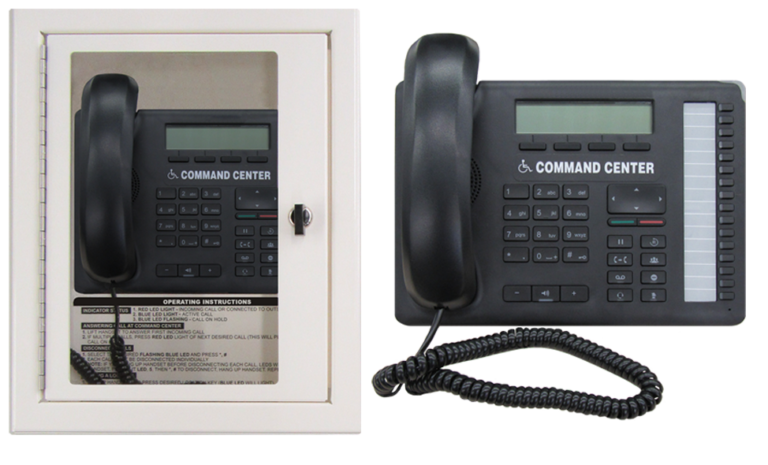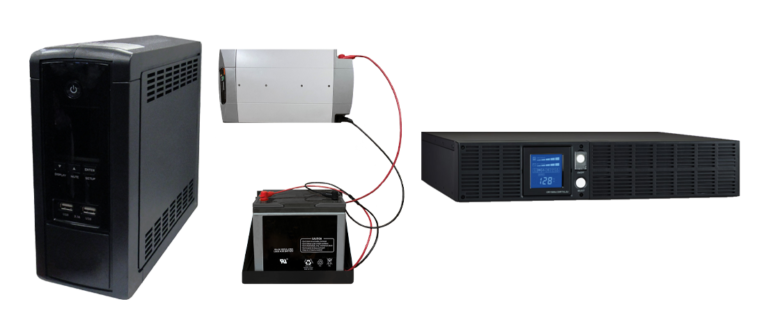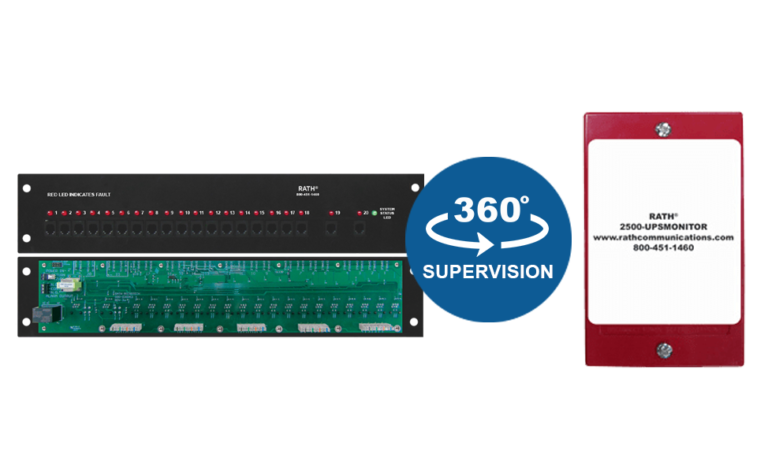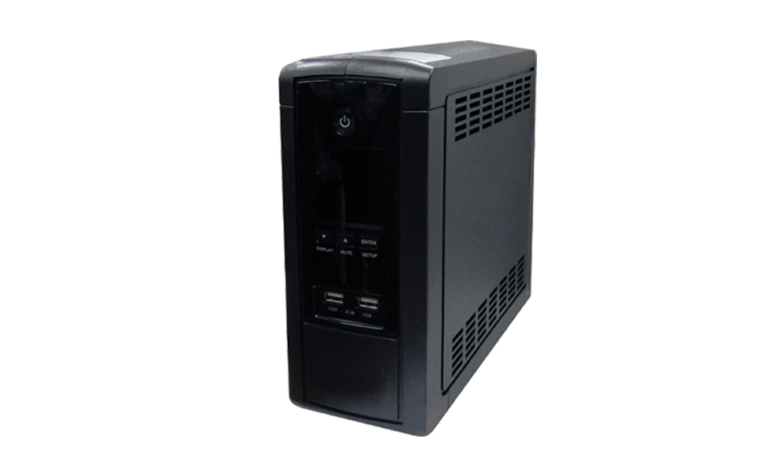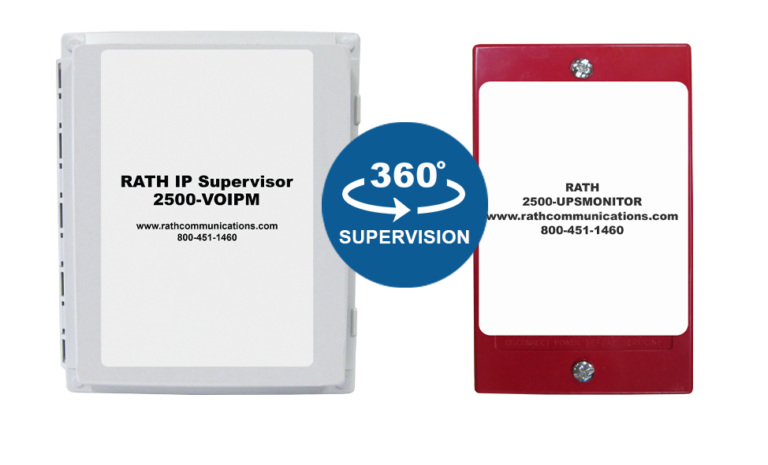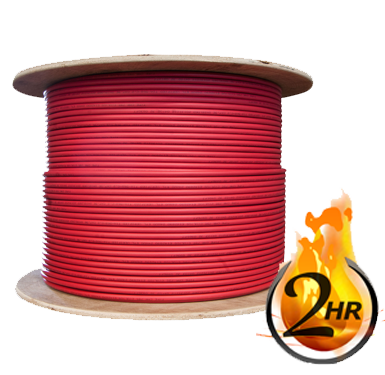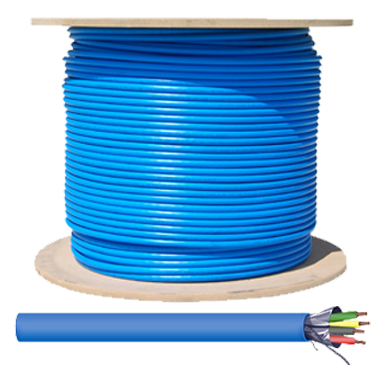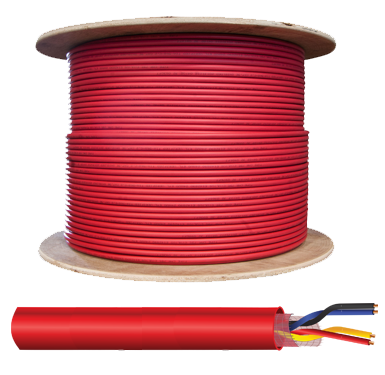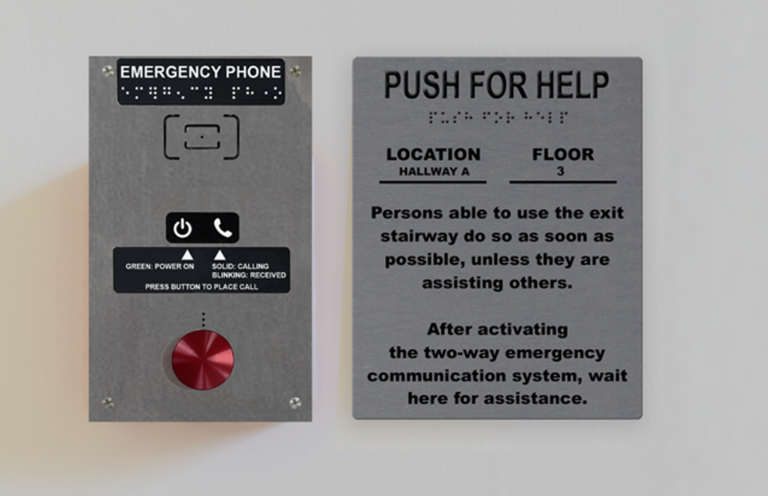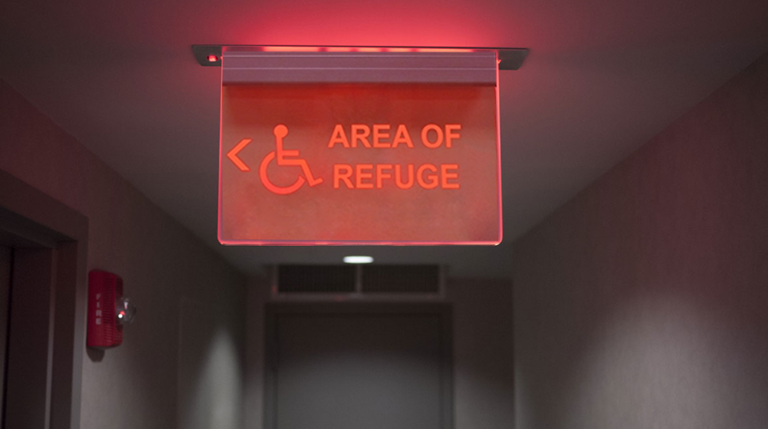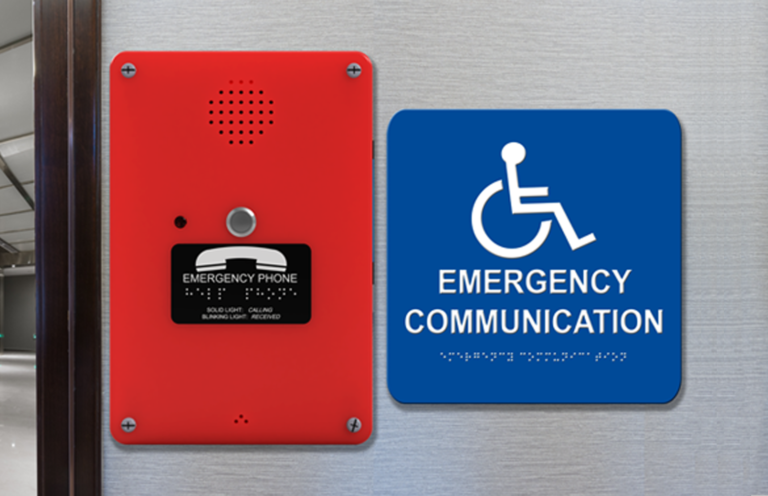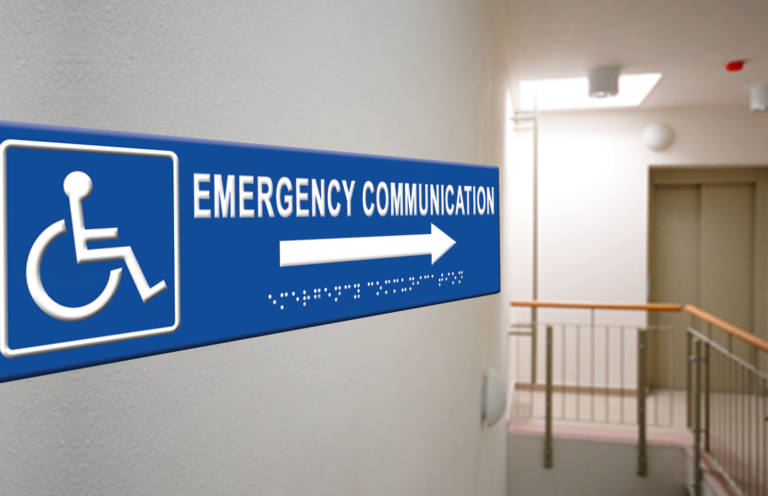The SmartCommand call boxes provide distressed parties a means to communicate with rescue personnel during an emergency
The system call boxes can be daisy-chained for a quick and efficient installation
Fully conforms to UL 2525 Standard
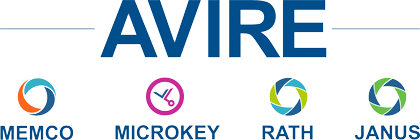
For countries not listed, see the Global site.
Note: Some products are available only in certain regions. Contact us regarding local availability.

![]()
In multi-story buildings, during an emergency (such as a fire), elevators are inaccessible. A two-way emergency communication system for rescue assistance is required, by industry standards NFPA, IBC and ADA, at each elevator or bank of elevators, on each accessible floor above/below exit discharge, so trapped parties can call for rescue assistance. These systems are critically important as they enable building occupants (especially those who cannot traverse the stairs without assistance) to communicate with emergency personnel.
As the leading manufacturer of code-compliant two-way communication systems for rescue assistance, we provide top-tier, easy-to-install systems, ensuring safety without compromise, while keeping your building occupants connected and safe.
Whether you’re a low voltage contractor, a systems integrator, or a fire inspector, we’ve got the right code compliant solution for you.
